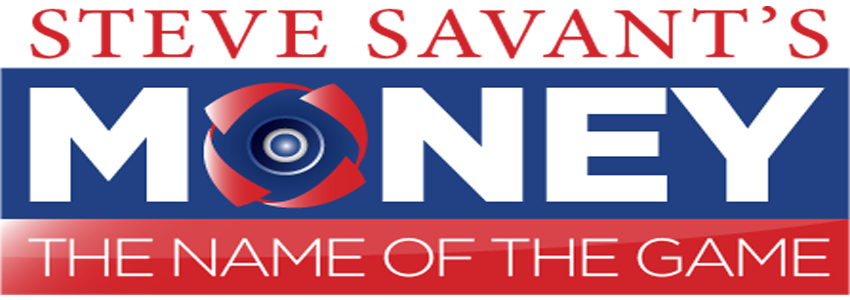 Mesa 10/3/2019 10:00:00 AM
Mesa 10/3/2019 10:00:00 AM
News / Finance
Generating Tax Free Income with Cash Value Life Inusrance
Distributions from a TAMRA Compliant Cash Policy Life Insurance Policy is not Classified as Income for Social Security Taxation.

Undergoing a risk-tolerance test can help you build a financial profile that can serve you in the decision-making process. If the results of your test determine you’re a conservative saver or investor, make sure your 401(k) or IRA reflects your psychonomic characteristic of a conservative. Often a risk-tolerance test will result in a conservative profile, while your retirement plan has beta risk exposure unsuitable for you.
Just as there are thousands of mutual funds and ETFs, there are thousands of cash-value life insurance policies. All financial products have current expense loads and differing historical performance. In there, the product inventory of participating whole life and current interest rate universal life, the consumer contenders are limited to a dozen insurance companies. Here are the basics on why you may want to look into these products.
Participating Whole Life Insurance can be optimized to generate more than 5 percent with its base policy and no other riders. But a minimized base policy with a “paid-up additions rider” for excess contributions can generate 5.5 percent. Keep in mind the best in this category could be returning dividends (a combination of portfolio returns and unused premiums) north of those numbers. Dividends are not guaranteed, but the top par whole contracts have guarantees cash values backed by company reserves. The draw back is these contracts are not as flexible as their universal life counterparts, making them a bit restrictive. But if you like the returns and guarantees that go with it, participating whole life could be you.
Current Interest Rate Universal Life Insurance is flexible, but with the protracted low-interest-rate environment, it has fallen out of favor. At its conception it was crediting double-digit returns. Today, the guarantees have been lowered and the current crediting interest rates are low when compared to participating whole life. But if rising interest rates returned again, it could once again become a popular choice for conservative savers. But the big news here is many Americans have these policies with 4-percent guaranteed interest rates. You should order an in-force ledger to determine if over funding these contract makes sense for you.
For moderate to aggressive savers who are tax conscience about their investments and appreciate long-term horizons, cash-value life insurance offers domestic and foreign indices as well as equity and bond subaccounts. Wealthy and affluent investors appreciate the tax-free income that can help manage taxes in retirement and in an allocated investment portfolio.
Indexed Universal Life provides limited access to domestic and foreign, i.e., no dividends and may have rates of return caps or participation rates. But the trade off is the crediting account will never credit a negative return, so zero is your worst scenario, with downside market protection. On the other side of the balance sheet, you have policy expenses like most financial products. So you could have a zero crediting year minus your policy expenses and experience an actual loss. That’s full disclosure.
Variable Universal Life provides access to equity and bond subaccounts that charge a management fee and traditional life insurance policy expense loads. The extra fees have to be assessed against the tax savings to determine if the arbitrage between them has economic value. For high-tax-bracket investors, the tax savings overcome the extra expense. But keep in mind outside these subaccounts you’re subject to market volatility, so you can lose money.
Both of these product lines are long-term horizon investments. In fact, to remain tax-free, the contract must be kept in force for the life of the policy insured, i.e., a lifetime horizon.
Non-Modified Endowment Life Insurance Contracts are comprised of two types of tax-free distributions: one is tax-free basis; the other is a tax-free collateralized policy loan. To ensure tax-free distributions, Non-Modified Endowment Life Insurance Contracts must be kept in force for the life of the policy insured.
